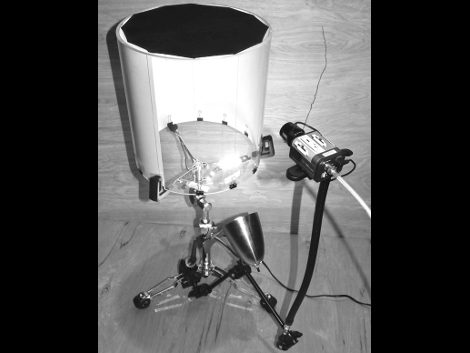
[Robert Pickering] shares his automated guitar pickup winder with us. He built it for his senior project at Old Dominion University. Two stepper motors are used to wind the magnet wire around the pickup hardware. The unit is PIC based and about six minutes into the video (embedded after the break) you can see that he used wire wrapping for this build. Curious, one of the comments on our latest Hackaday Links mentioned that wire wrapping was rarely used anymore, but here it is anyway.
We especially like the limiting switches he’s using on the traverse mechanism. There are momentary push buttons on either side of a carriage which are depressed when a drywall screw in the sides of that carriage hits them. This makes for very easy calibration because the screw can be raised or lowered with just a bit of screwdriver work. Well built and documented, we’re sure he’ll get some high marks on this one. Continue reading “Automated Guitar Pickup Winding”
















